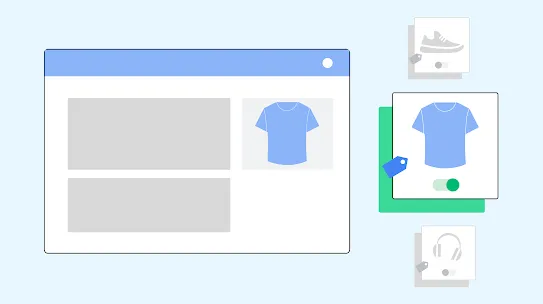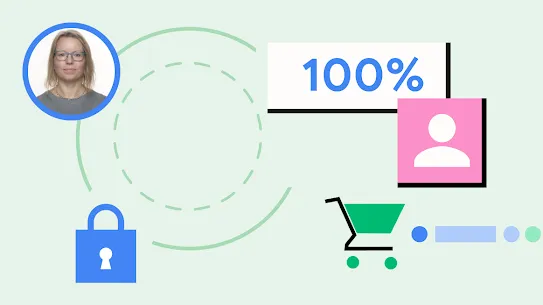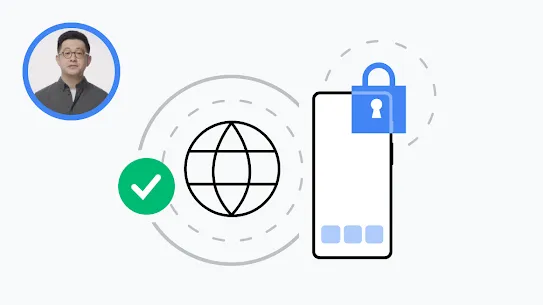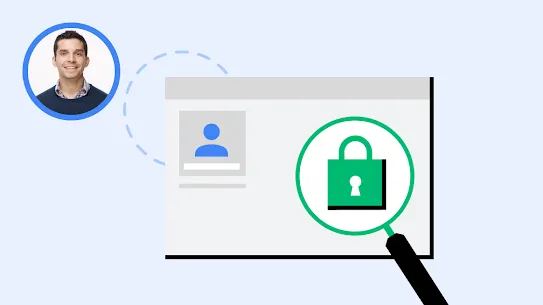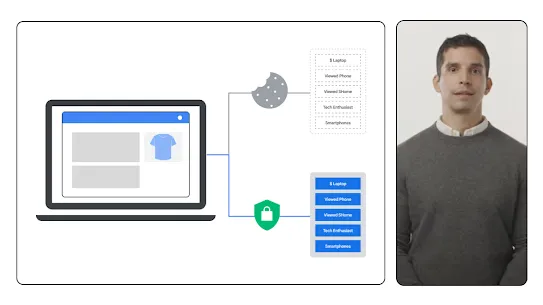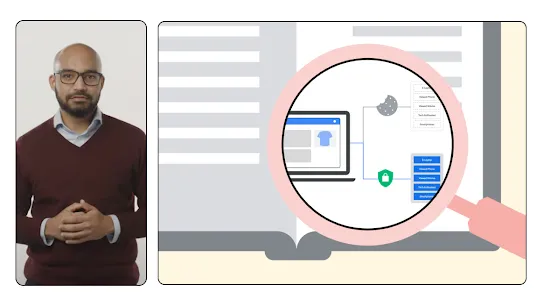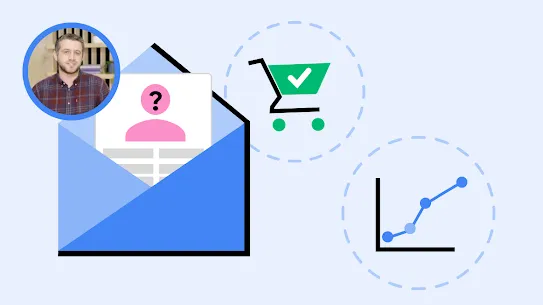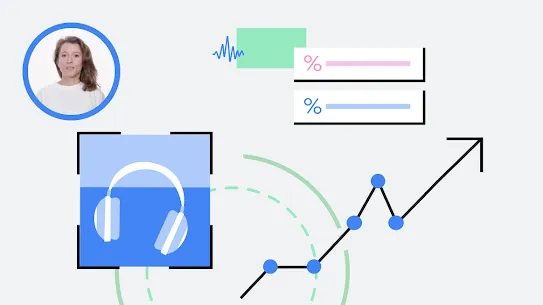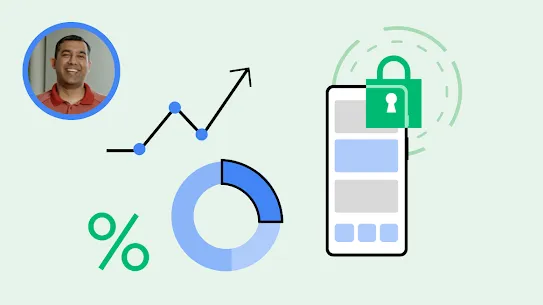Technology for a more private internet
The Privacy Sandbox technologies aim to make browsing the web and apps more private for users, while giving publishers, developers, and advertisers what they need for their business. Learn more about the Privacy Sandbox proposals, going deeper into how they reduce cross-site and cross-app tracking.

What is Privacy Sandbox?
People should be able to enjoy their browsing and app experience without worrying about what personal information is collected, and by whom. Privacy Sandbox technologies aim to make current tracking mechanisms obsolete, and block covert tracking techniques, like fingerprinting.
Ad tech guides for relevance, re-marketing, and measurement
Developer documentation for:

Key Privacy Technologies
Topics API
The Topics API is designed to preserve privacy while showing relevant content and ads. It provides a high-level signal of a user’s interests based on recent browsing history, to help sites and apps serve relevant ads.
There are two main parts to Topics. First, the API labels each website from a set of recognizable, high-level topics. For example, the browser would match a sports website with the topic "Sports". Then, the browser collects a few of the most frequent topics associated with the websites you’ve visited. These topics are then shared (one new topic per week) with the sites you visit to help advertisers show you more relevant ads, without needing to know the specific sites you’ve visited.
You will be able to see the topics and remove any you don’t like, or disable
them completely.
Learn more about the Topics API
-
What is Topics?
Topics is a Privacy Sandbox proposal designed to help advertisers show relevant ads without needing to see people’s browsing information.
-
Current stages of ads, measurement and content APIs
An overview of the three main Privacy Sandbox Ads APIs: Topics, FLEDGE and Attribution reporting API.
-
5 Minutes or Less | Topics API | Google Ads
In the second episode of our Publisher Privacy Q&A video series, we simplify how the technology behind Privacy Sandbox works and how its solutions incorporate tested privacy practices into online advertising.
Protected Audience API
The Protected Audience API, formerly known as FLEDGE API, is a Privacy Sandbox proposal to serve custom audience and remarketing use cases, designed so third parties cannot track user browsing behavior across sites.
Today, if you visit a website, third-party cookies can be used to show you relevant ads later on, but a lot of your browsing history is exposed and too much of your information can be collected by third parties. With Protected Audience, advertising technology companies can show you ads, but information about your browsing stays private.
On mobile apps, the concept is the same – with Protected Audience, an adtech can show you ads, but information about your app activity stays private.
Attribution Reporting API
The Attribution Reporting API helps advertisers measure the performance of their online ads without needing to track people’s activity across websites and apps.
Imagine you’re browsing the morning news and you see an ad for a pair of headphones that are on sale. You click on the ad to take a closer look. An adtech company can use Attribution Reporting to let an advertiser know that a purchase occurred, but keeps your individual browsing or app activity private – using methods like encryption, time delays, secure servers, and data aggregation and randomization.
The advertiser can see which of their ads was most effective, without individual identifiers being used in the process.
Frequently Asked Questions
You can find helpful resources here:
- Get started with our general guide.
- For information specific to buying, see our buy-side guide.
- For information specific to selling, see our sell-side guide.
- Learn about measurement in our measurement guide.
You can expect to hear more about the progress being made with Privacy Sandbox regularly, including more opportunities for you to test these new technologies on your sites and in your campaigns. For the latest news, please follow the blog and sign up for updates at Google for Developers.
Google invites members from the industry—web browsers, online publishers, ad tech companies, advertisers, and developers—to participate in the development and testing of the proposed new technologies.
For the open web, you can contribute to the public discussions in forums such as the W3C, and if you’re a business, talk to your trade groups and technology vendors about engaging in this process. If you’re a developer, we invite you to join the origin trials.
For Android, feedback on the design proposals can be given directly via the Google for Developers site. This is also where you can sign up for regular updates as the project progresses.
Developer.chrome.com offers an overview of all the Privacy Sandbox proposals and guidance for testing. It also refers to explainers and discussions on GitHub.
Developers.google.com provides information, design proposals, and updates on Privacy Sandbox on Android.
-
Sign up for the Privacy Sandbox news and updates
Be the first to know about the Privacy Sandbox developments with updates delivered straight to your inbox.
I understand my personal data will be processed in accordance with Google’s Privacy Policy.
